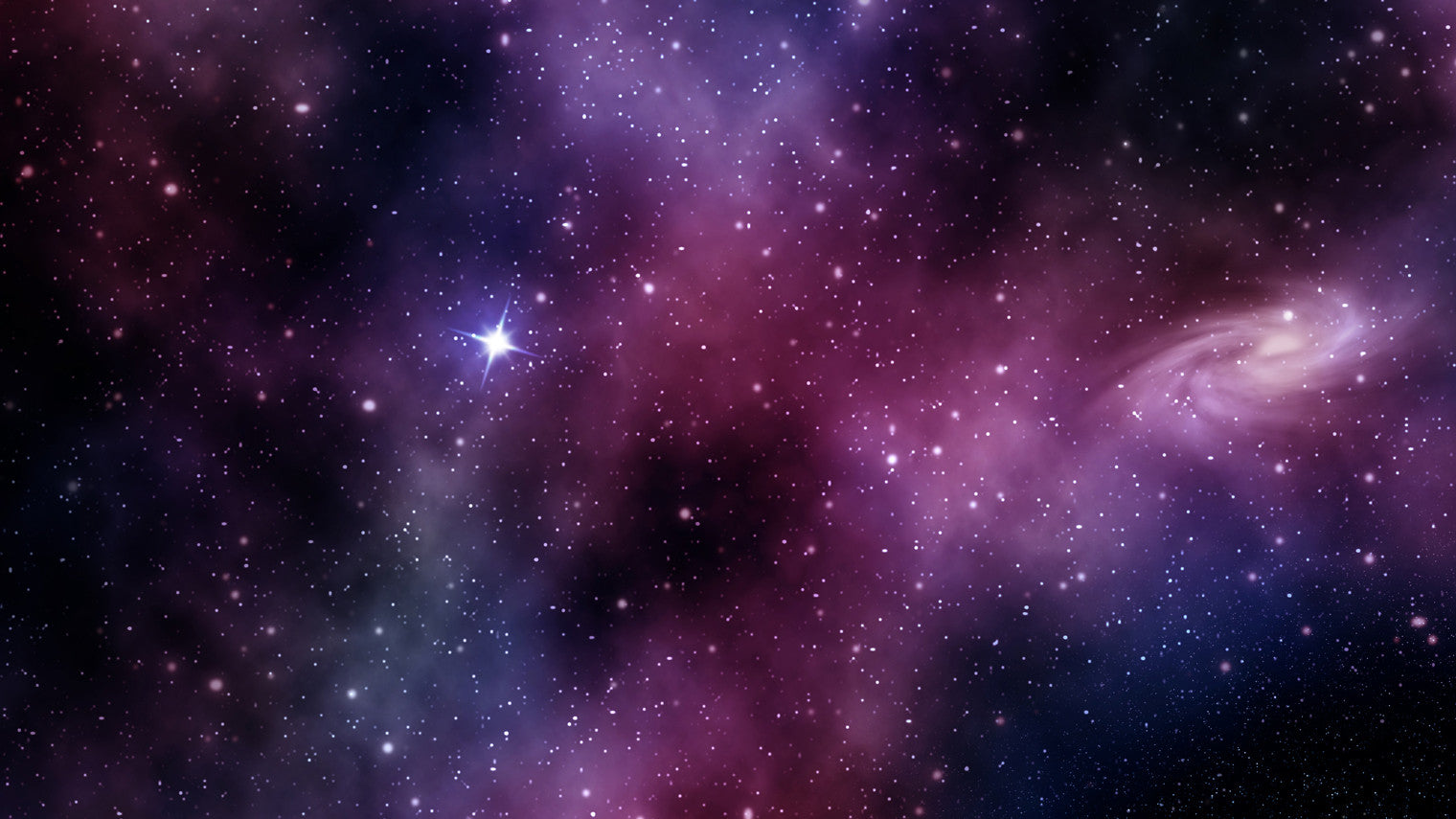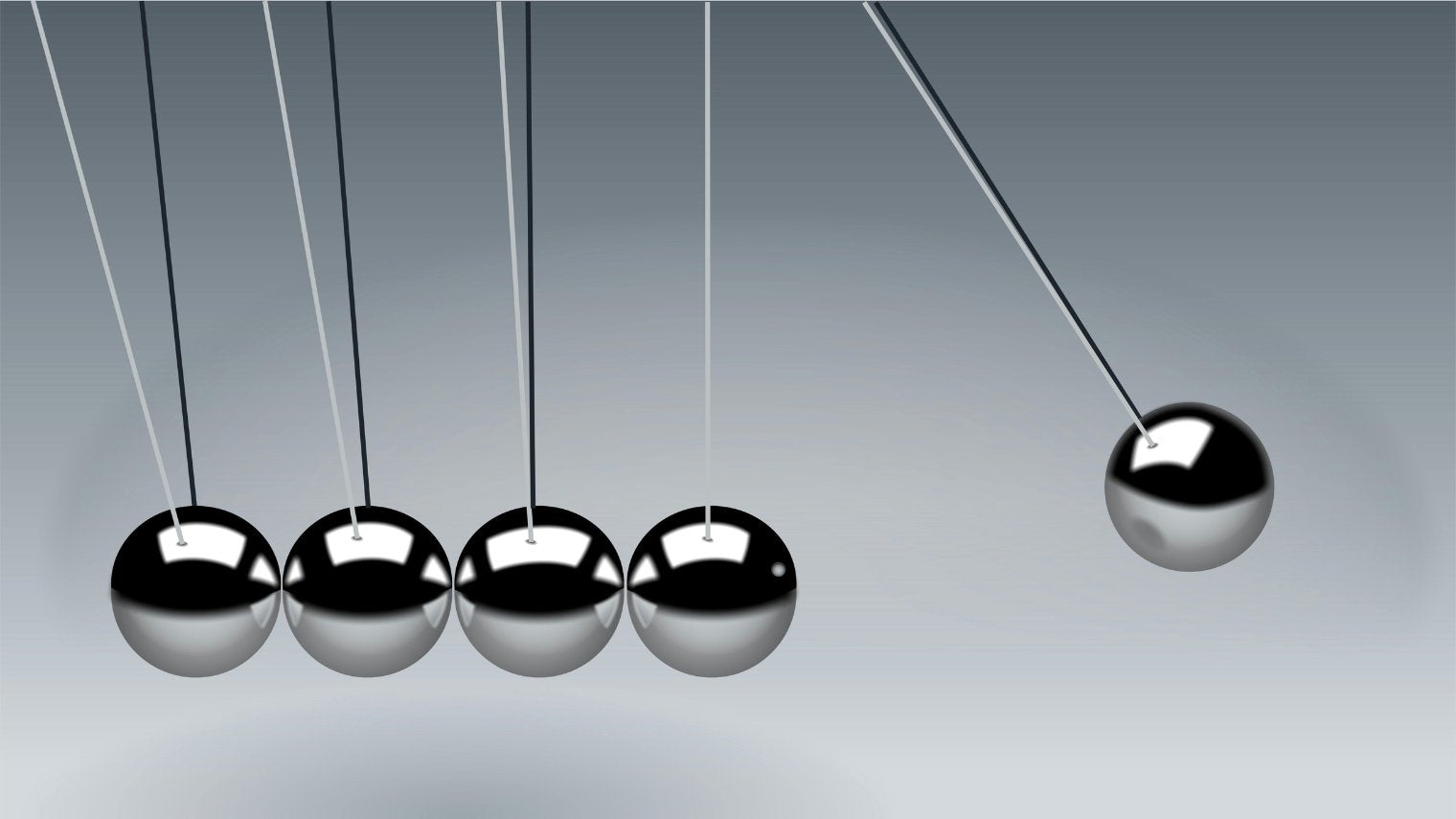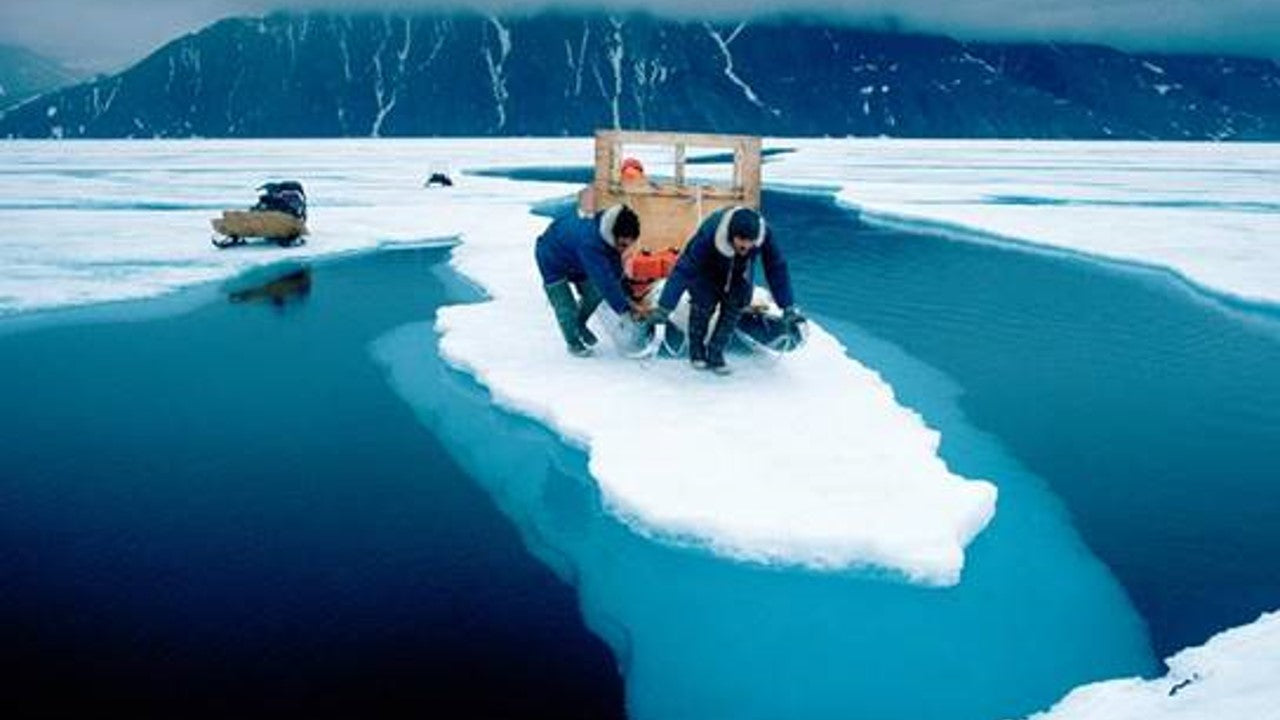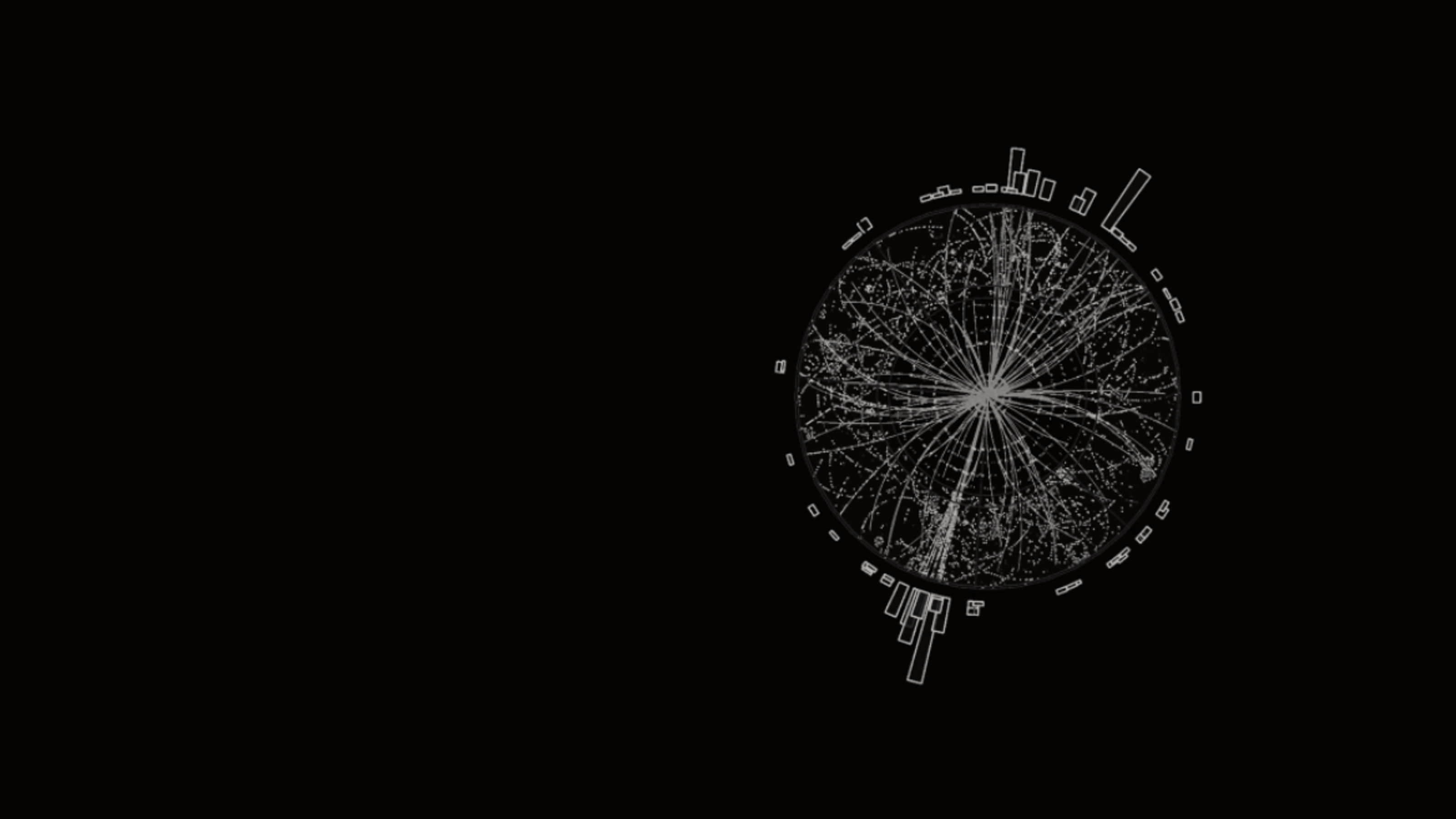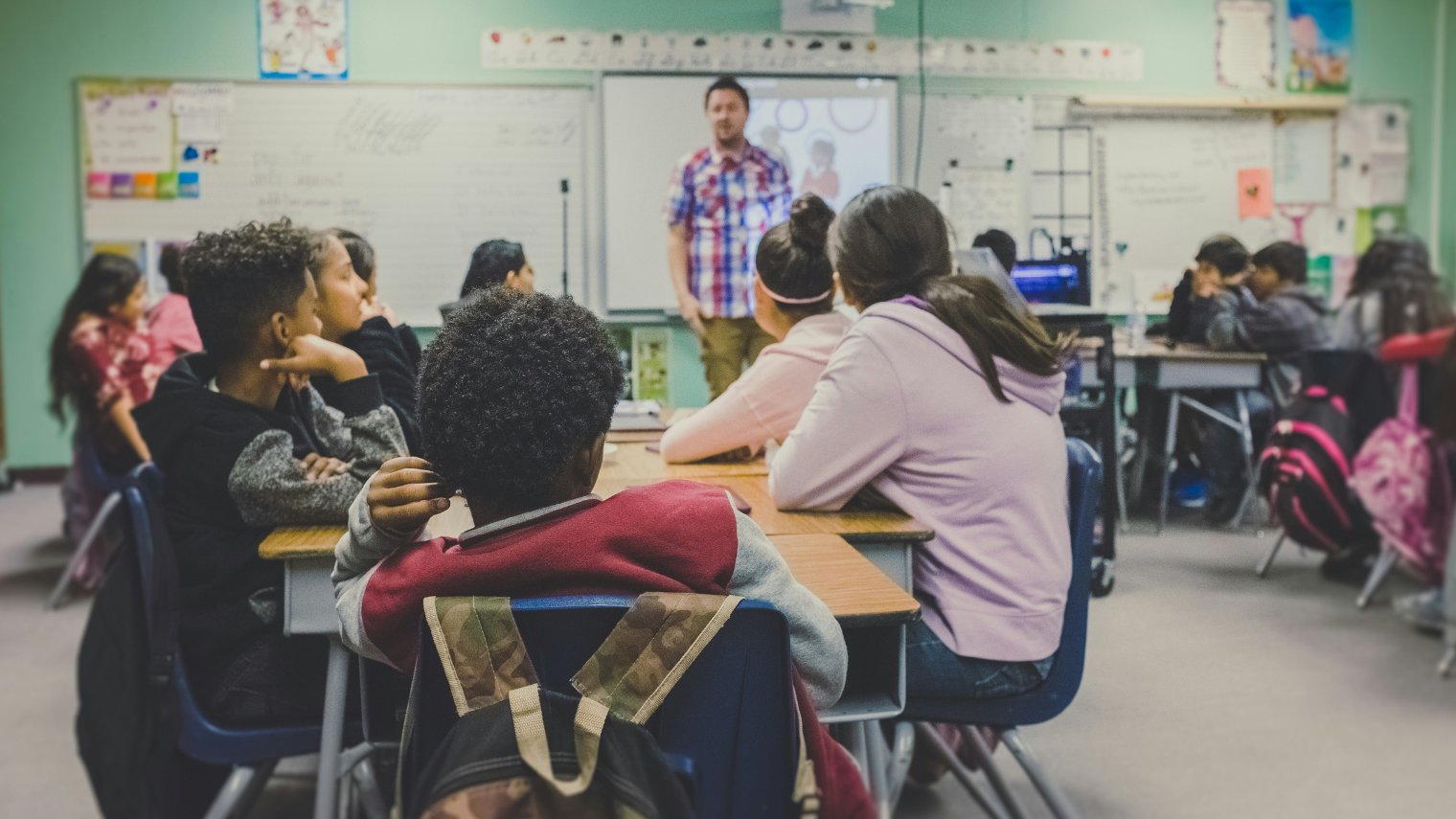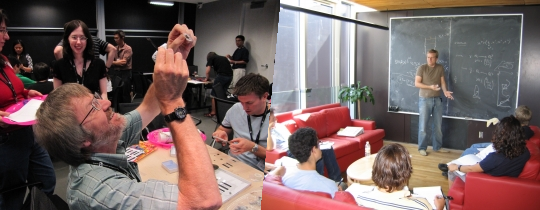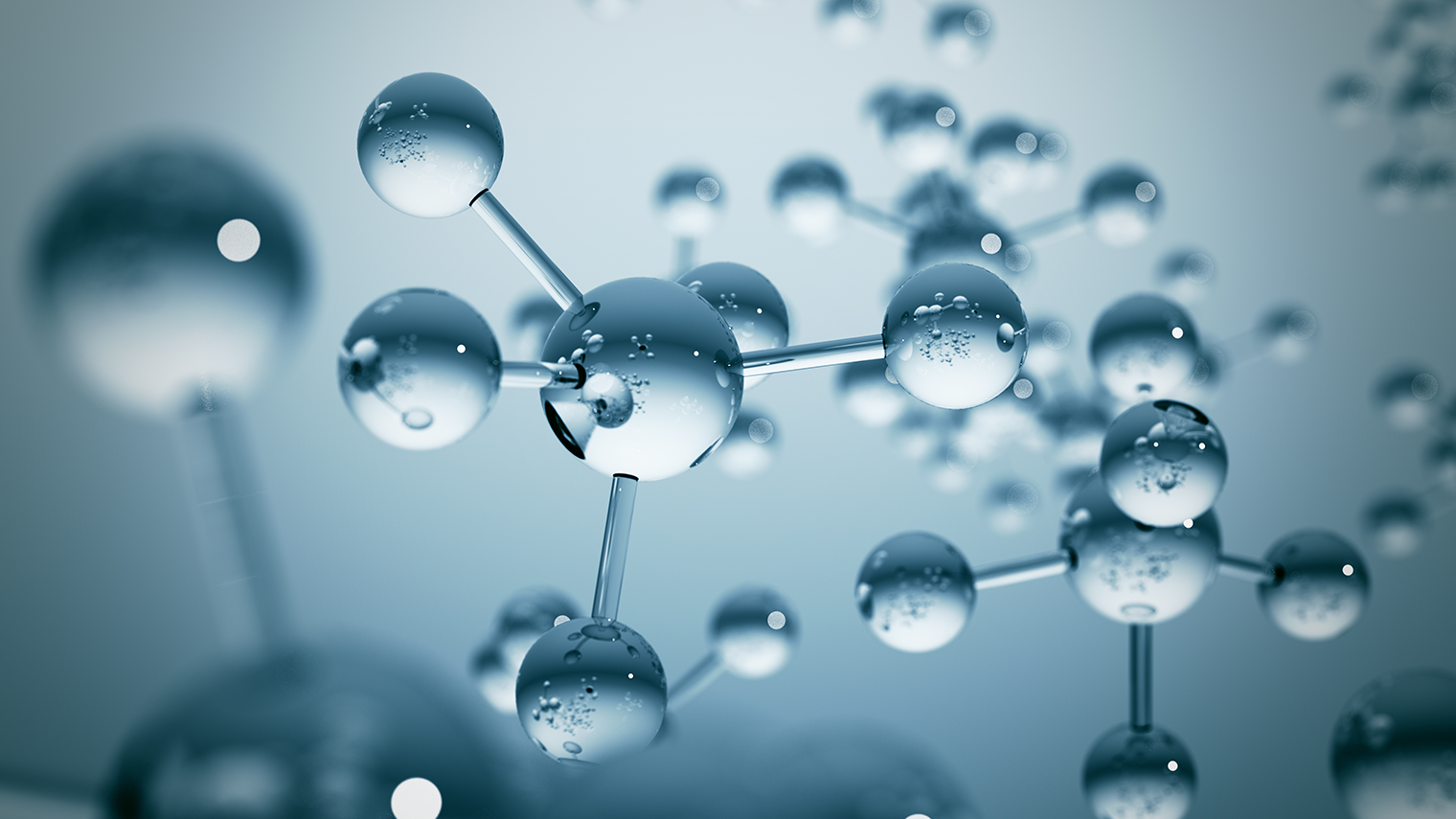
It Does Matter
New Download Options:
-
With Video includes our full videos
(1.2 GB, MOV files) - With YouTube Video link includes a link to the same videos on YouTube
This math and science resource covers the three states of matter: solid, liquid, and gas. It explores how matter transforms from one state to another. It also explores the environmental effects of consumer products and how these effects are in part determined by the state of matter.
Matter Properties Matter
Students study a collection of everyday objects and identify their states of matter. Next, they come up with their own definition of each state of matter. Finally, they study oobleck, which changes state due to pressure instead of temperature.
What’s the Matter with Change?

Students observe a demonstration of ice melting when it is heated. They learn that whenever matter changes state, it is because it has either absorbed or released heat.
About the Cost of Production
Students observe a demonstration where vinegar is mixed with baking soda inside a bottle. The chemical reaction inflates a balloon. Students are guided to the conclusion that the change is a chemical one and not a physical one. Finally, students study the energy that is used in the process of manufacturing lip balm.
3-D Printing—Matter of the Future

In this math activity, students build a 3-D models out of linking cubes and modelling clay. They calculate the volumes of their models.
Math, Matter, and Mini-Ice Rinks

Students build mini-ice rinks using water and plastic liners. Different groups of students make rinks with different surface areas. Each group observes how long their rink takes to freeze and then shares their result with the other groups. Students analyze the results and see how the surface area affects the freezing time.
The Amount of Waste

Students calculate the volume of waste that a garbage bin can hold. They extend this result to calculate the volume of the hole at a landfill needed to store an entire year’s worth of waste from their school.
Trash Compactor Challenge

Students use ideas from simple machines to design, test, and build a toy trash compactor. The activity follows the engineering design process.
The Wise Store Owner

Students select two products that a general store might sell. They research their products, including their environmental impacts and the chemical and physical changes that occur in making them. Finally, they decide on prices for the products that take into account their negative environmental impacts, if any.


